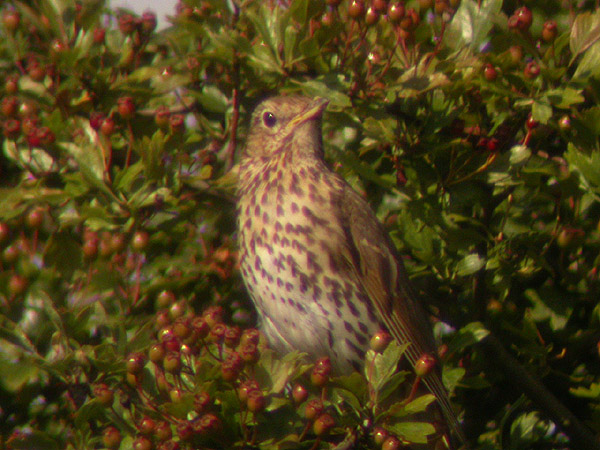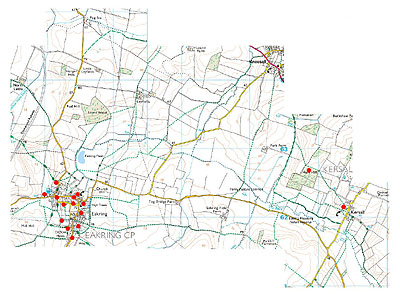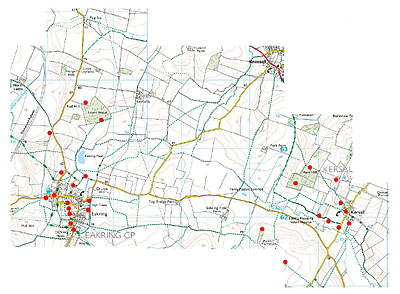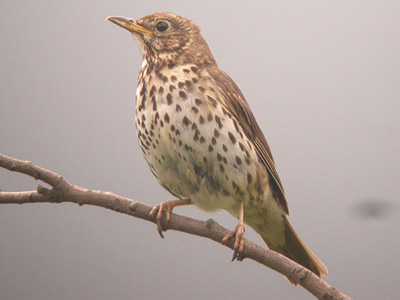

| Song Thrush continues to increase 2005 |
 |
A Song Thrush survey
conducted during the first half of 2005, found that the
Eakring and Kersall population was continuing to do
extremely well and that new sites within the recording
area were now being utilised. Casual sightings and observations, also found evidence that Song Thrushes were again recolonising sites within other parts of Nottinghamshire that I visited during the course of work commitments. After an absence of over 25 years, a singing male Song Thrush was audible from my parents garden in Nottingham; two males held territory within 100 metres of my Market Warsop home and five males were heard singing simultaneously from the front door of another Market Warsop house. |
|
| .... | ||
| Other sightings indicate that the Song Thrush is now quite a common garden bird and though numbers are still low on those of 30-40 years ago, a population increase is still continuing. | ||
| .... | |||||||||||||||||
| Within Eakring village
itself, mapping of male territories suggests that the
(once) concentrated population has thinned and spread out
from this former area stronghold. In 1998, there were only two breeding pairs found outside Eakring village - at Kersall and Hare Hill Wood. Compare this to the latest figures of just ten pairs in Eakring, to 15 throughout the rest of the area and a clear trend seems to be developing. Survey counts are'nt based on one day - but on different counts over several days or a two week period. This lessens the chances of any under-counting. Right:- Maps showing the Spread of the Eakring and Kersall Song Thrush breeding population between 1998 (above) and 2005. |
 |
||||||||||||||||
| .... | |||||||||||||||||
Area counts
1998-2005
Despite a great deal of habitat/hedgerow reduction over the years here, a low, national population was probably to blame for a variety of reasons. Pesticidal use within both agriculture and horticulture, was almost certainly the primary reduction factor in reducing the UK (and Eakring) population initially and coupled with habitat destruction, the Song Thrush was in trouble as a breeding species. The population totals in the above table, show a decline in the number of Song Thrushes from within Eakring village since 2002; yet the combined total for the whole of the recording area has increased as birds have colonised new areas. |
 |
||||||||||||||||
| .... | ||
 |
The loss of a great deal
of the Song Thrush's favoured habitat, has undoubtedly
led to a decline within Eakring village. Even with the
increase in the overall population, if there was the same
amount of suitable garden habitat in 2005 as there was in
1998, then one would expect counts to (at least) remain
the same if habitat had'nt been lost. Much building work
has been undertaken within Eakring during that time and
some of the larger gardens have decreased as new houses
have been built on available or created plots. Since I first started covering the area back in 1998, Song Thrush territories have never been confined to purely hedgerow habitats within agricultural farmland, although this habitat is often favoured by over-wintering continental migrants here. The several small plantations in the area created a few years before 1998, are now providing suitable nesting sites for the species to move into and coupled with the decrease in tidying-up the countryside, the future should continue to look bright for the Song Thrush here. |
|